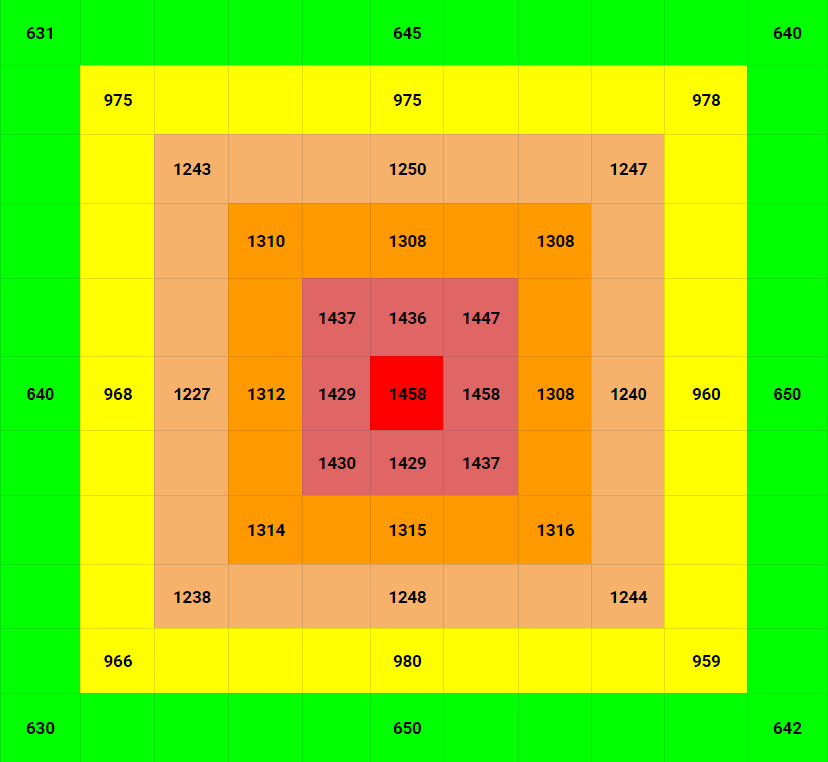Grow Light Distance Chart – Plants, Lights, Placement, oh my!
Grow Light Distance Chart – Plants, Lights, Placement, Oh My!
Understanding LED Grow Light Distance: A Guide to Reading a Chart
Hello, fellow plant enthusiasts! Today, we’re diving into the world of LED grow lights, specifically focusing on one crucial aspect that often puzzles many indoor gardeners: figuring out the right distance between your LED grow lights and your beloved plants. Understanding how to read a grow light chart is key to mastering this, and I’m here to guide you through it in a way that’s easy and straightforward.
Why Does Distance Matter?
First off, why do we even need to worry about the distance? Well, just like humans need the right amount of food, plants need the right amount of light. Too little, and they won’t grow well; too much, and you might end up hurting them. Finding that sweet spot is essential for keeping your plants healthy and thriving.
The Basics of a Grow Light Chart
A grow light chart is like a cheat sheet that tells you how high or low you should hang your LED grow lights above your plants. These charts usually consider the light’s intensity (how strong the light is) and the stage of plant growth (like seedling, vegetative, or flowering). They’re super handy because they take a lot of guesswork out of the equation.
Reading the Chart: Step-by-Step
- Identify the Light Intensity: Look for the section of the chart that mentions “PPFD” or “PAR” values. These fancy terms simply measure how much light your plants are getting. The higher the number, the more intense the light.
- Match It With Growth Stage: Next, find where the chart talks about different growth stages. It might be divided into sections for seedlings, vegetative growth, and flowering. Each stage will have recommended PPFD levels because, just like kids, plants have different needs as they grow.
- Find the Distance: Now, look for the recommended distance for each stage of growth, usually given in inches or centimeters. This tells you how high above your plants the light should be. For example, seedlings might thrive with the light 24 inches above, while flowering plants might need it closer, say 12 inches.
- Adjust as Needed: Remember, these numbers are starting points. Watch your plants’ reactions. If they’re stretching out too much, they might need more light (move the light closer). If they seem stressed or bleached, they might be getting too much (raise the light higher).
Sample Grow Light Charts
Credit to Home Grown Cannabis Co: Below is a mockup PPFD chart we created for a nonspecific LED covering a hypothetical 5×5 foot space. The chart shows the PPFD data for this area when installed at a height of 24 inches. Remember, this is for illustrative purposes only; every light differs.



Tips for Success
- Stay Observant: Your plants will tell you a lot. Look for signs of happiness (like lush, green growth) or distress (like wilting or yellowing leaves).
- Adjust Gradually: When changing the light’s height, do it bit by bit. Sudden changes can shock your plants.
- Keep a Journal: Note down any changes you make and how your plants react. This can be super helpful for figuring out what works best.
Wrapping It Up
Reading a grow light chart isn’t rocket science, but it does take a bit of getting used to. With a bit of practice and a lot of attention to your plants’ needs, you’ll become a pro at finding the perfect light distance. Remember, every plant and every light setup is a little different, so don’t be afraid to experiment. Happy gardening, and may your indoor garden flourish under your careful watch and the glow of just-right LED light, and when in doubt just click your heels together and say “There’s no place like home”.
